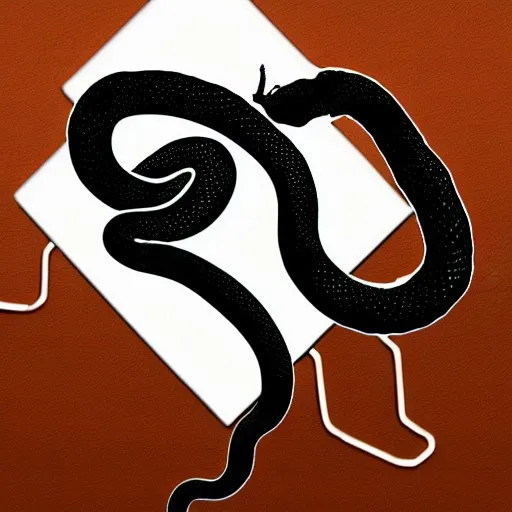A new DoS protection mechanism for Tor leveraging Proof-of-Work.
Man the comments section on the tor project blog are just as smooth brained as YouTube comments sections.
I kinda expected better of the average reader than commenting “hmm another captcha” 6 hours after they explicitly clarified this isn’t visible to the user (which was also implicit in the whole 30ms time specified).
Like 10 points for reading the article but -30 for reading comprehension.
Huh, who wouldve thought this is how PoW would actually be used
The creators, actually.
The concept was invented by Moni Naor and Cynthia Dwork in 1993 as a way to deter denial-of-service attacks and other service abuses such as spam on a network by requiring some work from a service requester.
At least it’s only used when the server is getting stressed.
This is a pretty excellent use case for PoW. I could see this being adopted by other DDoS services, server stacks, and eventually make its way into openwrt, pfsense etc.
deleted by creator
If Netgate added this to the internet protocols, no other device would be able to communicate with pfSense, unless they also used this special network stack.
I mean technically that’s also the case with the Tor protocol.
This isn’t the first proof of work “captcha” system, there’s several already out there.
This one, however, is built right into the protocol.
Sweet! This will help things like dread for sure.
The article is quite vague on how this is implemented. Does it require JS to be activated to work? That would be a big NO for anyone really looking into privacy, but could work for those who use TOR basically as a free VPN to escape stupid geoblocking rules.
And what will prevent DDOSers from just creating dummy requests without the intention to ever wanting to solve any PoWs? It will still allocate resources on the other side.
No, it’s built into the protocol: think of it like as if every http request forces you to attach some tiny additional box containing the solution to a math puzzle.
The twist is that you want the math puzzle to be easy to create and verify, but hard to compute. The harder the puzzle you solve, the more you get prioritized by the service that sent you the puzzle.
If your puzzle is cheaper to create than hosting your service is, then it’s much harder to ddos you since attackers get stuck at the puzzle, rather than getting to your expensive service
Ah, ok. that clarifies it.
Definitely a step in the right direction for the Tor network. If they wanted to take it to the next level, they could use blockchain to enable people to buy “priority” access in some way (Monero, lightning, their own token, whatever). This could subsidize people who host Tor routers, while making sure a free tier was enabled for all users who need it. This could massively increase the size of the Tor network as right now Tor server hosting is just done out of expensive altruism. Bigger network = bigger free tier = faster Tor for everybody.
That’s a great idea to kill it once and for all, or maybe to make it really only for pedos, drug dealers and criminals. Good thinking there…
Such a lemmy.world answer of the DW lol
Jus add a few buzz words. That’ll fix it









